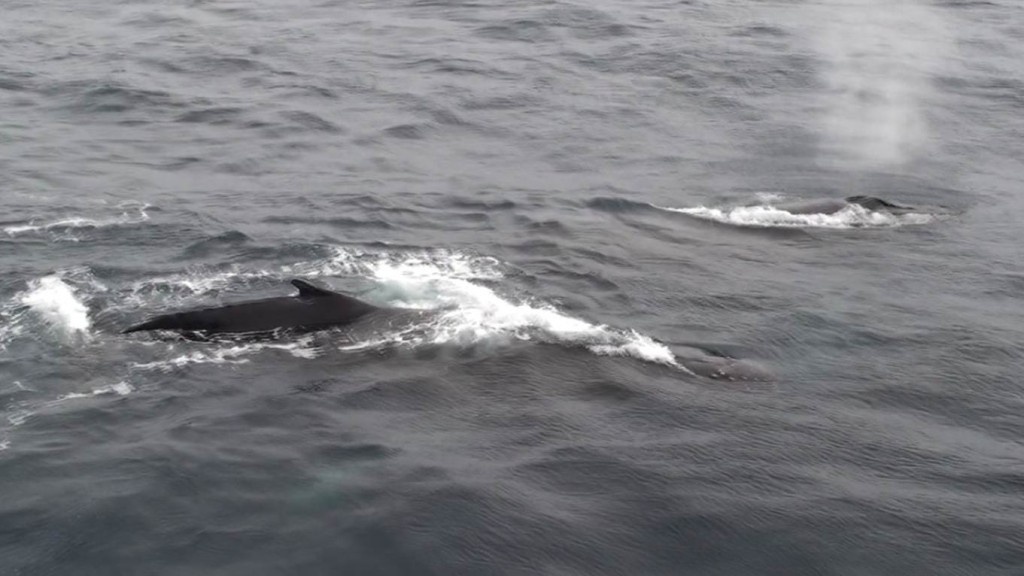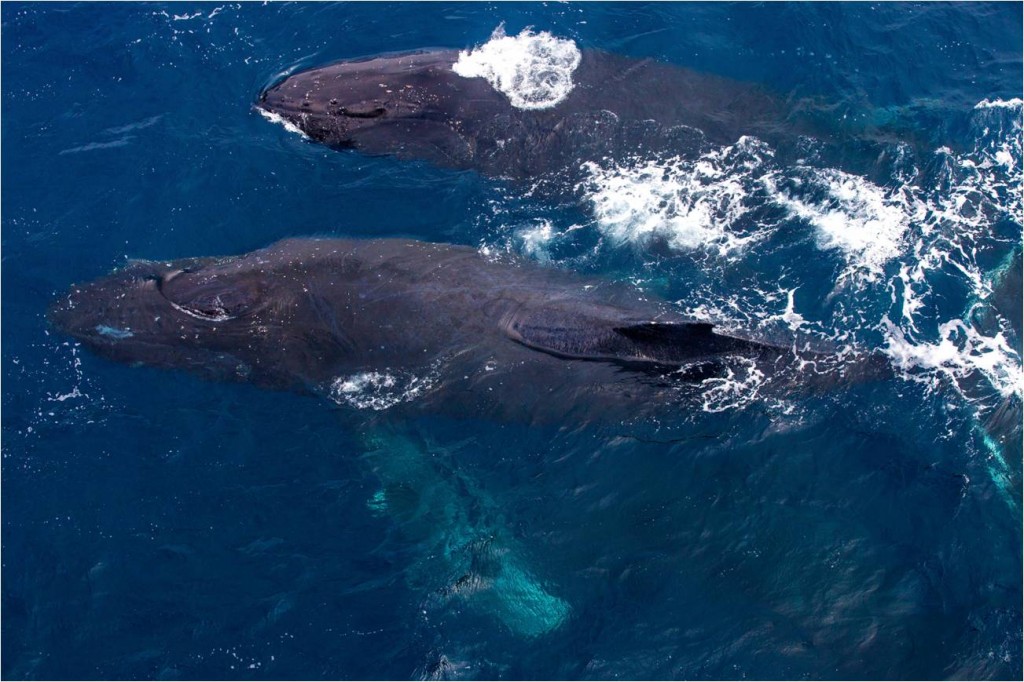Today was one of those “I’ll remember it for the rest of my life” days. People (and 1st year marine biology students in particular) generally have a poor idea of what marine biology entails. Sharks, turtles and coral reefs feature heavily thanks to TV. Nemo has a lot to answer for (apart from appalling ID skills, Nemo’s dad is not a marlin obviously and Dory is not a dory she’s a blue surgeon fish, or more correctly Paracanthurus hepatus …. sorry). Marine biology is, at least most of the time, some form of mud, invertebrate or inclusive of 50 shades of grey, silver or brown. To a “true” marine ecologist like me, that has never been a problem. I do however, keep a frozen herring in my desk drawer at work to beat a dose of reality into students at times.
But just once in a while the tables are turned on me and I can start to understand the public’s complete and overwhelming love for the cute and cuddlies of the sea. Why? Because today I stayed up two hours beyond my bed time to watch whale after whale have a look at the ship. It is an experience that money literally cannot buy. Whale spotting tours are not allowed to approach whales in case doing so harasses them. It is rare enough for the whales to approach you. Today I got within 2m of 4 humpback whales some as big as 15m and weighing in at an incredible 20odd tonnes. It was spectacular.
The news came to us at breakfast, a rather sparely populated affair now that work is underway as it seems to be the meal most miss for sleep to maintain watch routines. Now I’ve missed most of the whale sightings to date as I’ve been asleep. Nights do not make great wildlife viewing times, hence why Chong has become my unofficial blog wildlife photographer. So I was out my seat, down to the cabin for the camera, back up the stairs and layered up with extra clothes before the plate I deposited on the draining board on the way out had stopped spinning.
Wrapping up warm is the first thing I learned about wildlife watching on the boat. The rush to see things and going under dressed means that you can last about 10 minutes before ducking back in and usually missing the best bit. A classic “stitch in time saves nine” moment. This was to prove an important decision. We watched the group approach from a distance and within half an hour people are running off waking those asleep after watches, some only having had a couple of hours, because viewing had gone from the normal to the absolutely ridiculous. Round and round the ship they went, back and forward. They were spotted out of port holes and on the ROV winch cctv. And all within metres of the ship….FOR 2 HOURS!
At the risk of anthropomorphising the wildlife, I’m sure the whales enjoyed the experience as much as we did. Sneaking away out of sight and then surfacing and blowing on the other side of the ship….peek-a-boo! That big hiss of escaping air as they blow might as well have been a starting gun for the rush of bodies it caused… from one side of the ship to the other….and shortly back again. Tired of that they then had folk rushing off from the bow to the stern and that was when they were at their closest. Poor chin strap penguins tried very hard to get a look in, even passing in flotillas of 20 and making a right racket for attention, but sadly we humans are a very fickle and easily distracted species.

The shape of the whale blow is quite characteristic of the species and can be used in identification...not that it is needed this close (By Chris Sweeting)
The result? We now have a photo competition ongoing. I’ll attempt to poach the finalists picture for you. I know our chief scientist took 400+ pictures but Chong holds the record at …wait for it….1134 pictures (26GB). I filmed a bit and then decided rather than watch all the action through an LCD screen I’d just enjoy the experience…just for me. After all I want no evidence that can undermine my attempts to provide a dose of realism to our students, for it unmasted me in a mere 2 hours. An in case you were wondering. We are not dinner. They filter feed on shrimp like animals called krill and small fish.

Humpback whales have a very small dorsal (top) fin and white undersides to the tail and white flippers and nobbles on the head (by Chris Sweeting)
For those at home. I hope you enjoy the pictures. Happy birthday dad



